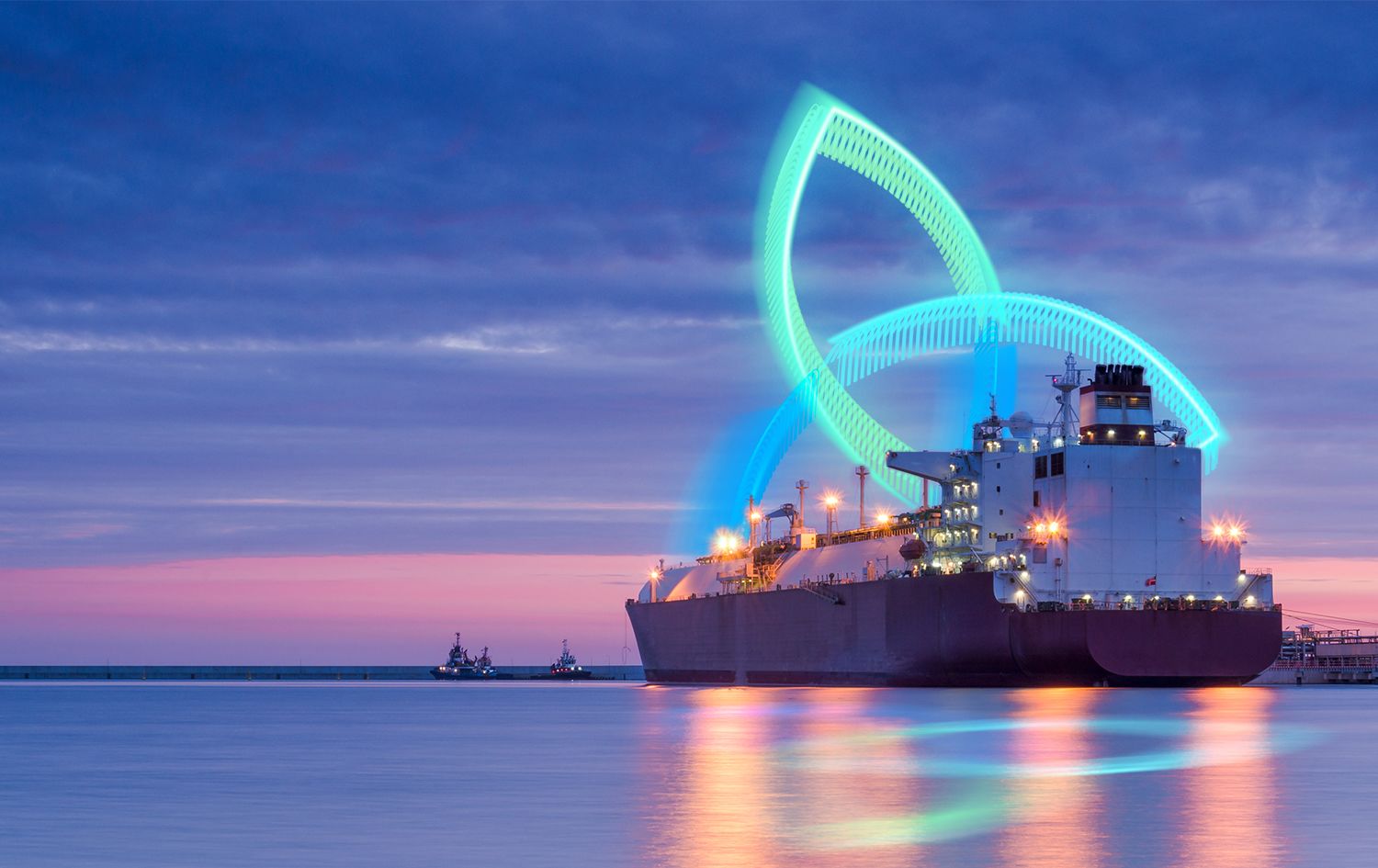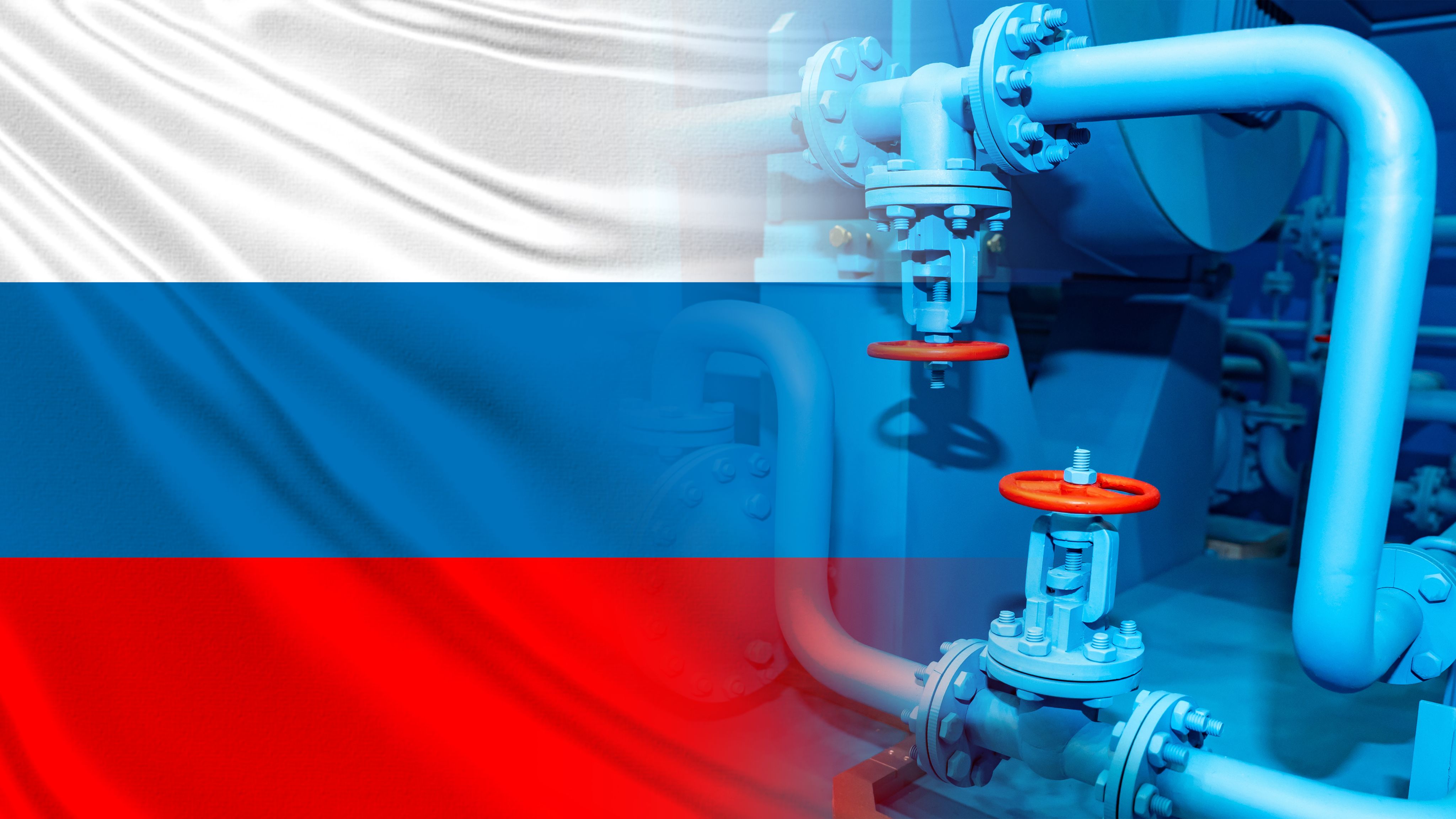LNG-induced risk premium amplified across 2024-2025

Prolonged tightness in the global LNG market is expected to leave European gas prices vulnerable to upside risk across 2024-2025, ICIS Gas Foresight analysis shows.
LNG dynamics now exert greater control over regional hub prices following the EU’s decision to pivot away from Russian energy supplies, paving the way for deeper ties between the European and Asian gas markets for a number of years.
Current fundamental signals suggest that European supply margins may be comfortable enough to weather most scenarios for the remainder of 2023, but medium-term supply risk has not been assuaged.
Swapping Russian piped gas for LNG

Heightened turbulence at elevated price levels was the main feature of European gas markets across 2022 as Russia’s invasion of Ukraine in February triggered an unprecedented supply-side shock.
The unexpected chain of events led to the EU seeking to economically isolate Russia and wean itself off gas imports from its largest supplier. LNG was identified as the only viable alternative and the expansion of existing regasification capacity was quickly followed by the addition of new LNG terminals.
The subsequent jump in European LNG demand was too quick for LNG supply to adjust, leaving the global market congested and pushing the pressure back onto the demand side. Elevated price volatility and price-induced demand reductions became the norm in 2022. The downtrend in gas prices going into 2023 has not disguised the probability that Europe is likely to remain vulnerable to both across 2024-2025.
The global LNG market is currently expected to be 20.2m metric tonnes short in 2024, according to ICIS Gas Foresight data. It is also forecast to be 1.5m short in 2025. However, it is forecast to be 40m long in 2026.
By 2026 enough LNG new supply will have come online, primarily in Qatar and the US, which will ease pressure on global margins and enable the market to rebalance. Notable projects that will come to fruition in 2026 and 2027 are Qatar’s giant North Field East and South projects.
ICIS LNG Foresight analysis shows that European LNG demand is forecast to be 136m in 2024. The region will take a 32% share of the global LNG market. In 2025 it will acquire 142m and maintain its 32% share. In 2026, when length is expected in the global markets, Europe is expected to import 135m (30% share).
Meanwhile, Asian LNG demand is forecast to be 235m in 2024. The region will take a 55% share of the global LNG market. In 2025 it will acquire 237m and a 53% share. In 2026, when length is expected in the global markets, Asia is expected to import 2426m (54% share).
Price response

Growing European demand during a prolonged period of fundamental tightness will inevitably keep the LNG-induced risk high.
This is reflected in later-dated Dutch gas prices. The ICIS TTF gas curve shows the most pronounced decline from 2025 to 2026, the point at which many expect the global LNG market to rebalance. Price volatility is likely to lower too, nearly four years after Russia invaded Ukraine – a sign the energy crisis is an ongoing phenomenon.
The rate at which LNG-induced risk premium subsides from later-dated gas contracts will be dependent on whether new capacity sticks to their project timelines, but start-up delays are not uncommon in the industry. The rate of demand growth in key region such as China will also have an impact. Asia is still the leading importer globally and Europe’s ability to attract flexible LNG cargoes is partly dependent on Asian demand patterns.
Short-term risk

While medium-term supply risk appears unabated for now, Europe can take comfort in how the first winter post-Ukrainian war was handled which has put the region on a path of strong supply margins for the remainder of 2023.
The gift of an unseasonably warm winter and subsequently subdued demand across Europe drove the bearish momentum in natural gas prices going into summer 2023. Similarly mild weather in Asia reinforced it.
Bearish supply signals also emerged during winter 2022/23. LNG cargoes flooded in, emboldened by European gas hubs boasting historically high premiums to the global market and encouraged by sluggish Asian demand.
The EU and UK imported 61m tonnes of LNG across winter 2022/23, its highest level ever. The region accounted for a 29% share of the global LNG market, another record high. In contrast, Asia absorbed 118m tonnes which marked a four-year low and a 56% share which translates to an all-time low.
With European demand and supply appearing to trend in opposing directions there was enough slack in the system for the region to replenish its gas reserves more comfortably than previously envisioned. Summer security of supply was ensured. However, there is no guarantee of a repeat this winter.
ICIS Gas Foresight analysis estimates that demand savings of at least 10-15% across the next 12 months, coupled with LNG flows averaging last year’s unseasonably high levels, are crucial to cope with a potential cold snap or any supply constraints during the winter. This would minimize withdrawals with stocks set to be 29-41% full at the start of the summer next year.
A potential worst-case scenario, where demand savings are restricted to 5% in the summer, 10% in the winter and LNG flows are pared back to the pre-war average, then pressure on EU gas reserves is intensified. In this extreme scenario, sub-10% fullness at the start of the summer 2024 is strong possibility.
The 20-percentage point swing in stock fullness is therefore interlocked with Europe’s ability to keep up with strong demand savings and remain competitive against the Asian market. A colder-than-normal winter in Europe and Asia could lead to a tighter global LNG market, increase competition for flexible cargoes and keep prices high.
This leaves Europe exposed to a variety of risks. Demand-side risks aside from weather include industrial demand recovery and the availability of alternative electricity generation sources. Supply-side concerns will always involve the threat of infrastructure outages while the global LNG market tightness will be affected by Asia’s appetite.
Author:

Christopher moved to ICIS’ Gas Analytics team in 2023 as a qualitative analyst after spending 11 years in the editorial division. He specialises in the analysis of the ICIS TTF gas benchmark through the lens of global LNG and gas price spreads, regional gas markets and its relationship with the European energy complex. Christopher previously held the position of Deputy Editor of the fortnightly Gas in Focus report, a round-up of all key developments, prices and industry news from the European natural gas market.
Related content
Powering the decisions that matter
ICIS unlocks a vision of a future you can trust and achieve. Bringing together human ingenuity, analytics, and innovative technology, ICIS leverages an unrivalled network of industry relationships to provide a deep customer understanding that supports our partners to plan, trade, and transact with more confidence.


